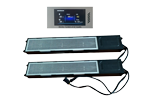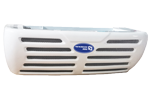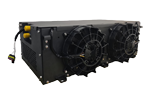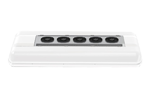Background Technology:
The existing electric water valve adopts the ring type structure design, its structure is: with the shaft of the valve core, valve shell weekly has adjustment holes on the surface of valve core, valve core and valve shell inlet port with arc between rubber seals, rubber seals and adjustment holes, feed water flow is something into the hole, rubber seals and weeks of valve core surface joint; The rubber seals are made of rubber, Teflon film and industrial plastic (POM). When in use, the regulating hole is communicated with the water inlet hole by rotating the valve core, or the regulating hole is blocked by rubber seals.
The main defects of the existing structure are:
1. Rubber seals are easy to age and can not meet the actual demand;
2. The annular sealing structure designed by the rubber seal is easy to collapse and can not achieve the sealing effect;
3. Plastic (POM) spool processing shrinkage deformation, wear resistance during the use process can not meet the actual requirements;
4. These two materials are easy to aging and deformation in a high temperature environment for a long period of time;
5. The actual number of action cycles of the existing electric water valve is 50 ~ 60 thousand times, and the action cycle cycle is 6 seconds, (that is, 3 seconds to open and 3 seconds to close), which can not meet the requirements of the service life of the water valve. Now the actual number of action cycles of the water valve is required to be more than 500 ~ 600 thousand times.
The technical requirements for electric water valves are:
1. High sealing performance requirements, that is, when the water valve is closed, there shall not be any leakage phenomenon;
2. High durability life requirements of electric water valve, that is, the number of water valve action cycles requires more than 500,000 ~ 600,000 times;
3. Adapt to ambient temperature requirements in: -40℃ ~ 110℃, long period of 85 ~ 95℃ in the coolant work.









.png)






